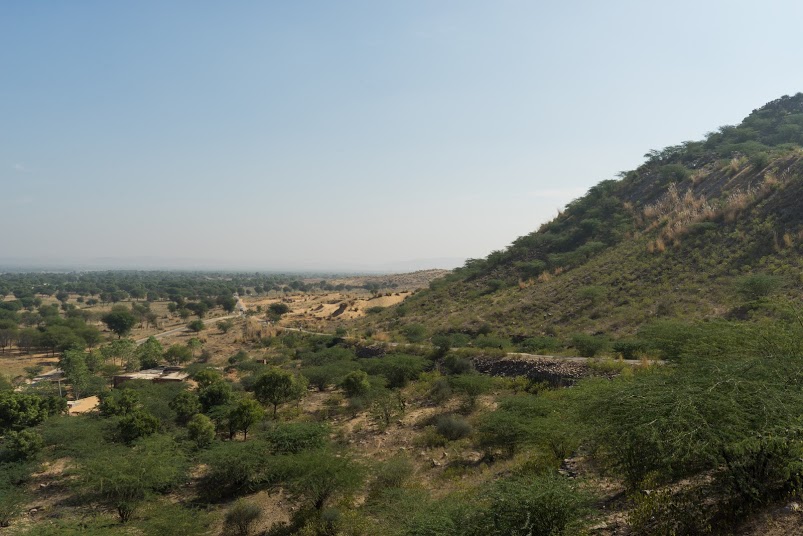
Funding for forest protection – peeping behind the Fourteenth Finance Commission Award.
30 October 2015
One good feature of the way India’s Finance Commissions go about their jobs is that once their reports are finalized, they make public the data on which they based their reports, as also the various studies that they commissioned for deeper study of the issues before them. In keeping with that approach, the Fourteenth Finance Commission has placed the report prepared by the Centre for Ecological Services Management at Indian Institute of Forest Management (IIFM), Bhopal, in collaboration with the Forest Survey of India (FSI), Dehradun and Iora Ecological Solutions (IES), New Delhi in the public domain. This report, titled, ‘High Conservation Value Forests: An Instrument for Effective Forest Fiscal Federalism in India’ opens a window into the mind of the Commission, to reveal the rationale that they might have adopted to recommend a special forest cover based component in the horizontal formula for the inter-se sharing of central revenues between States.
The opening paragraphs of the report once again illustrate how, when we consider finding solutions to ‘wicked’ problems, radical differences arise straightaway in the way different stakeholders look at the definition of fundamental terms. For instance, how do different people look at the term “Forests”? As the report points out, for those people who use forests for wood and other non-timber forest produce, it is just a common reservoir into which they can dip and obtain benefits for free. On the other hand, for those who (in the words of the report) understand the criticality of forests for sustaining life on this planet, it is something of unimaginably high importance (and inestimable value).
Ominously, States that have large forest areas and directed by increasingly strict legal regimes and watchful courts to maintain these, might see forests as a disability rather than as a resource; as something that they are prevented from using for something more ‘beneficial’, in their perception.
One of the key problems in assigning a value to forests and similar ‘ecosystem services’, is the tragic fact that no price tag is attached to them. As the report points out, the current National Accounting System of the country reflects only the marketed value of few visible services supplied by forests. Fresh air, clean water, the variety of plant and animal life, does not excite the accountant, the economist, the politician or the bureaucrat in the same way as cubic meters of wood does.
So how does one go beyond counting the marketed benefits of forest ecosystems and assign economic value to the priceless benefits of biodiversity, for instance? The very thought of that might be sacrilege for some, but is a necessary pursuit for more prosaic individuals concerned with how national financial resources are better applied.
This is how the report detailed above goes about this task:
First, the report has computed an index termed the ‘High Conservation Value Forests Index’. This comprises of several indicators that relate to (a) the diversity of the natural endowments of the forests in question (b) the value of actions undertaken to conserve this endowment and (c) other cross-cutting factors. The High Conservation Value Index finally adds up to an evaluation that measures the relative importance of the forests in each state.
Second, the report computes a Conservation Cost Index which accounts for the costs incurred by states to keep their lands under forest cover. These comprise of two items, namely, the cost of maintaining existing forests and the cost of restoration of degraded forests
Finally, the report attempts to calculate the Opportunity Cost, which is the revenue foregone by states by not diverting forests for what they consider an economically more remunerative land use.
How these are in-turn calculated, and whether this leads us anywhere, will be explored in detail in next week’s blog.
The full report referred to above is available at: http://fincomindia.nic.in/ShowContentOne.aspx?id=27&Section=1





